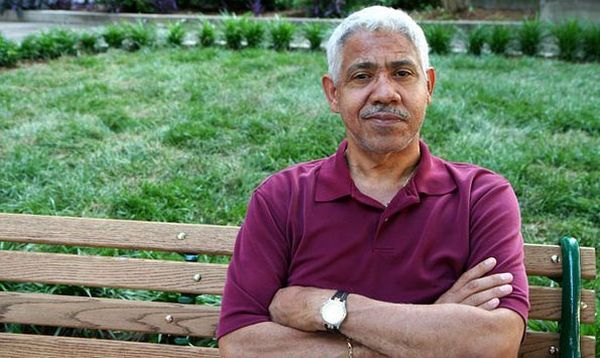Mexico’s population is going through an accelerated and premature aging process, according to the National Statistics, Geography, and Information Institute (INEGI.)
Earlier this month, the INEGI reported that by 2036, 15 percent of Mexicans will be aged over 65, compared to only 6 percent in 2010.
INEGI’s National Study of Health and Aging in Mexico (ENASEM) indicated that, while Mexico will have taken 26 years to arrive at the point where 15 percent of its population is elderly, this process has been slower in other countries.
University of Texas economics professor Rebecca Wong said that the United States took 69 years to go from 6 percent to 15 percent, which it achieved in 2013, while France took 115 years, concluding in 1980.
She explained that aging in Mexico creates challenges due to the country’s low level of social and economic development and high level of inequality, adding that the current elderly population - who were born in the first half of the preceding century - are survivors of high rates of infectious diseases.
"We are seeing an accelerated growth of the elderly population under the special conditions of a developing country. We say that this aging process is premature, as it’s occurring before the country develops," Wong said.
INEGI Governing Board President Eduardo Sojo said that the reform to Mexico’s social security system proposed by President Enrique Peña Nieto — which seeks to universalize creates challenges, guarantee pensions, and launch unemployment insurance — is a policy that answers a very clear need.
Sojo said that six out of 10 Mexicans work in the informal economy, which means that they don’t have a contract, they lack labor rights, and don’t contribute to a formal retirement fund. INEGI Governing Board Vice-President Félix Vélez said that, in the medium and long term, the financing of the universal social security proposed by this reform will depend on the country’s economic growth.
National Geriatrics Institute Director Luis Miguel Gutiérrez agreed that reforms are needed to create an economic environment that would allow for growth and the long-term financing of social programs.
Miguel Gutiérrez added that: "Projections showing the cost of financing these policies over the long term should include changes that promote economic growth - without which we’re going to face serious difficulties, not just with financing pensions, but also with the growing cost of health care."
Wong said that one of the goals of ENASEM 2012 was to obtain information on the aging process and the impact of illnesses and disabilities on Mexicans who are 50 years and older. She said that the study was carried out by INEGI in collaboration with the University of Texas Medical Department, the University of Wisconsin, the National Geriatrics Institute, and the National Public Health Institute.
Wong added that, during 2012, a perception of being in bad health predominated among the sample population, with 57.1 percent of men and 67.5 percent of women reporting that they were in regular or bad health. These differences were also observed in 2001, when 57.6 percent of men reported that the suffered from ill health compared with 67.9 percent of women, she added.
Regarding their ability to perform day-to-day activities, Wong said that women more frequently mentioned that it was difficult for them to perform six day-to-day tasks. Both men and women primary suffered from three illnesses: high blood pressure, diabetes, and arthritis, followed by lung conditions, heart attacks, strokes, and cancer.
Additionally, 31.1 percent of men said that they smoked, compared to 8.9 percent of women. This risk factor showed slight increases from 2001. Wong said that women more often than men report that they do not have a partner — that is, they report that they are single, separated, widowed, or divorced.
In 2012, 41.1 percent of women reported that they did not have a partner, while the figure was 18.6 percent among men. In 2001, the situation was very similar: 44.6 percent among women and 21.2 percent among men.
The traditional sexual division of labor persisted in 2012: 57.4 percent of women did unpaid work at home, while 68.5 percent of men worked for pay in the formal or informal economy. In 2001, the survey found that 69.7 percent of men worked and 50.9 percent of women looked after the home.
Original Story


